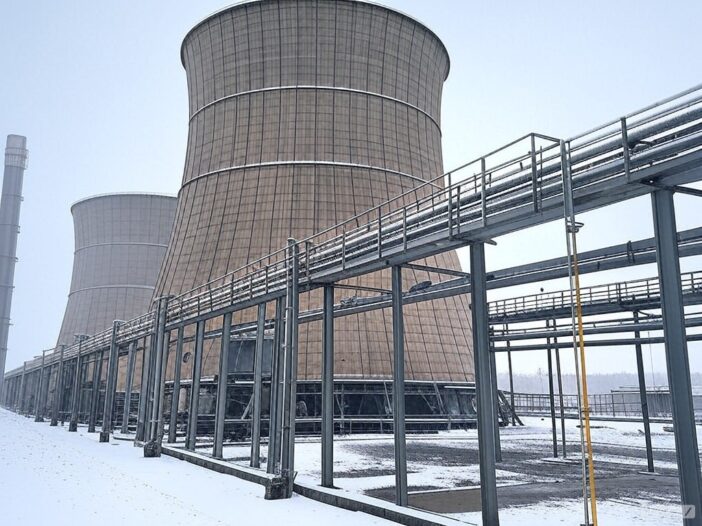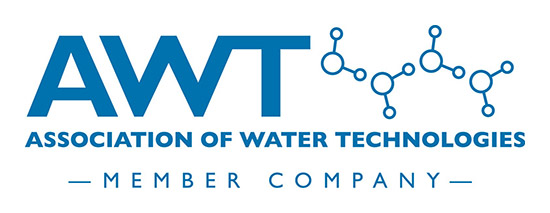
Winter’s icy grip can pose significant challenges to industrial operations, and cooling towers are particularly vulnerable. These essential components of many industrial processes are responsible for dissipating waste heat, but frigid temperatures can turn them into frozen liabilities. This blog post will equip you with the knowledge and strategies to keep your cooling towers operating safely and efficiently, even when the mercury plummets.
Understanding the Risks of Freezing Temperatures
Ice formation is the primary concern when operating cooling towers in freezing weather. As water cascades through the tower, sub-freezing temperatures can cause it to freeze on the fill, basin, and piping. This ice buildup reduces cooling efficiency, puts stress on structural components, and can lead to equipment failure. Reduced efficiency occurs because ice hinders heat transfer, diminishing the tower’s cooling capacity. Safety hazards also arise as falling ice presents a risk to personnel and equipment below, while ice accumulation creates slippery surfaces, increasing the potential for accidents.
Proactive Measures for Winterizing Your Cooling Tower
A thorough pre-winter inspection and maintenance routine is crucial. This includes cleaning the tower, checking insulation, inspecting fans and motors, and verifying the functionality of all components. Proper insulation plays a vital role in protecting pipes and other vulnerable components from freezing. Using suitable insulation materials, such as closed-cell foam or fiberglass, can significantly reduce heat loss and prevent ice formation. Adjusting water treatment chemicals is equally important. Freeze point depressants, specifically designed for cooling tower applications, can lower the freezing point of the circulating water, providing an added layer of protection. Glacier Labs offers customized water treatment programs to ensure optimal performance and freeze protection throughout winter.
Operational Strategies for Freezing Conditions
Several operational strategies can mitigate the risk of freezing during cold weather. Lowering fan speed reduces evaporative cooling, which helps maintain a higher water temperature. Increasing water flow through the tower can also prevent freezing by minimizing the time water spends exposed to cold air. Bypass valves allow operators to control water flow, diverting some water away from the tower during extremely cold periods. Heating systems, such as electric heaters or steam injection, can be installed in critical areas to prevent freeze-up. Real-time monitoring of temperature, water flow, and other parameters is essential. Automated control systems can adjust these parameters dynamically, ensuring optimal performance and freeze protection.
Emergency Procedures for Freeze Events
Despite preventative measures, freezing can still occur. If this happens, shut down the system safely to prevent further damage. Implement thawing procedures for frozen pipes and components using appropriate methods, such as electric heat tracing or hot water circulation. Never use open flames for thawing. Contacting professionals, like the experts at Glacier Labs, is crucial for assistance and guidance during freeze events.
Partnering with Water Treatment Experts (Glacier Labs)
Glacier Labs, with its extensive experience since 1987, offers comprehensive solutions for winterizing cooling towers. Our customized water treatment programs and preventative maintenance plans ensure optimal performance and freeze protection. Contact us today for a consultation.
Conclusion
Operating cooling towers safely and efficiently in freezing weather requires proactive planning, meticulous preparation, and effective operational strategies. By implementing the recommendations outlined in this blog post, you can mitigate the risks associated with cold weather operation and maintain optimal performance throughout the winter season. Don’t let the cold conquer your cooling tower – take action today.

